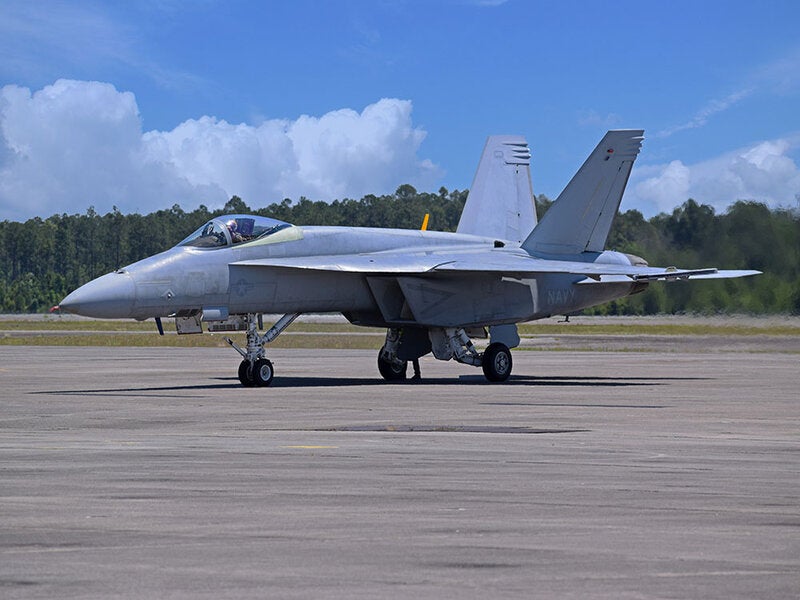
Boeing has provided the first Super Hornet test aircraft for the Blue Angel flight demonstration squadron of the US Navy.
The aircraft has entered the flight test and evaluation phase at Naval Air Station Patuxent River in Maryland.
The company is expected to deliver 11 aircraft for the navy demonstration squadron in this year.
The Super Hornet jet will become the fourth Boeing platform for the flight demonstration team.
Since 2008, the company has been converting Blue Angels and delivered 23 aircraft so far.
Boeing US Navy & Marine Corps Services vice-president Admiral Pat Walsh said: “The Super Hornet is an iconic representation of excellence in naval aviation.
“As Boeing continues to support the operational fleet of Navy Super Hornets, we are excited to see this platform enter a critical phase of its journey to joining the team.”
Currently, the flight demonstration squadron operates the F/A-18A-D Hornet. It has been using Boeing or Boeing-heritage aircraft for over five decades.
Boeing transforms F/A-18 Hornets and Super Hornets into Blue Angels at its Cecil Field facility in Jacksonville, Florida.
Among the major conversions in the vehicle include navigation equipment and cameras, the addition of an oil tank for the smoke-generation system, fuel systems that allow the aircraft to fly inverted for long periods of time, and adjustments to the aircraft’s centre of gravity.
Last month, Boeing delivered its 100th P-8A Poseidon maritime patrol aircraft, which was built for the US Navy.
This aircraft is used by the Indian Navy, the Royal Australian Air Force (RAAF), and the British Royal Air Force (RAF).
It achieved a milestone of 300,000 flight hours of hunting submarines and provided aerial reconnaissance capabilities globally.



